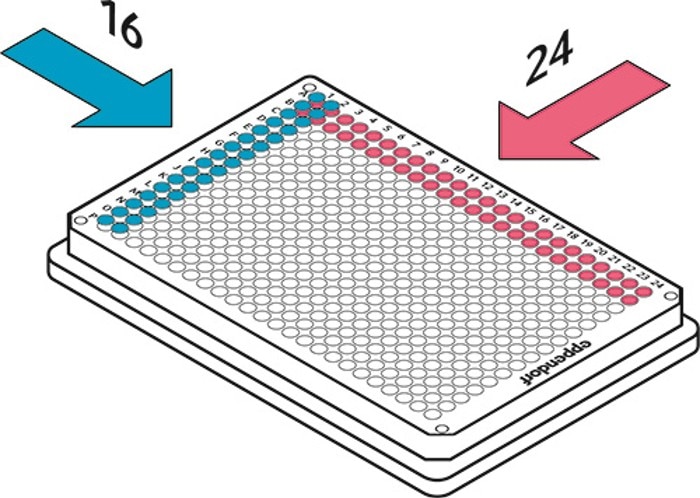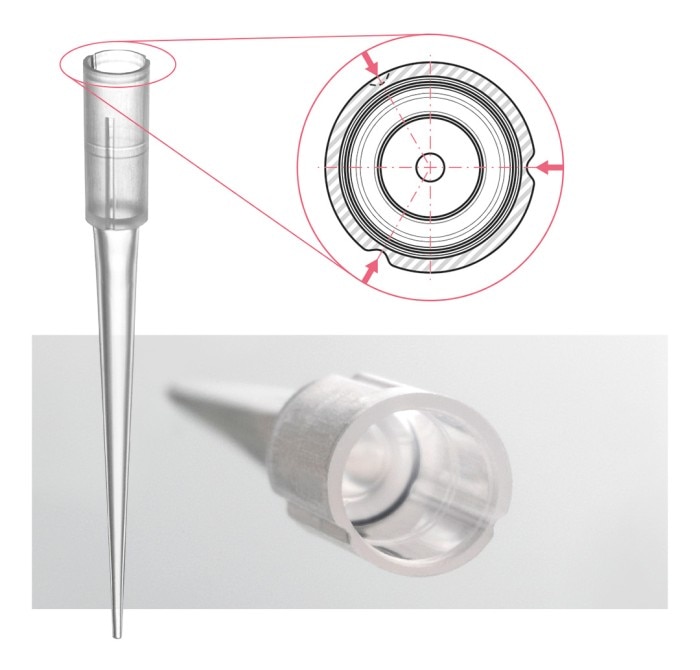メニュー
JP | JPY
-
-
-
- Challenges and Chances: A Review of the 1st Stem Cell Community Day
- Summertime, and the Livin’ Is Easy…
- Follow-on-Biologics – More than Simple Generics
- Bacteria Versus Body Cells: A 1:1 Tie
- Behind the Crime Scene: How Biological Traces Can Help to Convict Offenders
- Every 3 Seconds Someone in the World Is Affected by Alzheimer's
- HIV – It’s Still Not Under Control…
- How Many Will Be Convicted This Time?
- Malaria – the Battle is Not Lost
- Physicians on Standby: The Annual Flu Season Can Be Serious
- At the Forefront in Fighting Cancer
- Molecular Motors: Think Small and yet Smaller Again…
- Liquid Biopsy: Novel Methods May Ease Cancer Detection and Therapy
- They Are Invisible, Sneaky and Disgusting – But Today It’s Their Special Day!
- How Many Cells Are in Your Body? Probably More Than You Think!
- What You Need to Know about Antibiotic Resistance – Findings, Facts and Good Intentions
- Why Do Old Men Have Big Ears?
- The Condemned Live Longer: A Potential Paradigm Shift in Genetics
- From Research to Commerce
- Chronobiology – How the Cold Seasons Influence Our Biorhythms
- Taskforce Microbots: Targeted Treatment from Inside the Body
- Eyes on Cancer Therapy
-
-
-
-
-
- Challenges and Chances: A Review of the 1st Stem Cell Community Day
- Summertime, and the Livin’ Is Easy…
- Follow-on-Biologics – More than Simple Generics
- Bacteria Versus Body Cells: A 1:1 Tie
- Behind the Crime Scene: How Biological Traces Can Help to Convict Offenders
- Every 3 Seconds Someone in the World Is Affected by Alzheimer's
- HIV – It’s Still Not Under Control…
- How Many Will Be Convicted This Time?
- Malaria – the Battle is Not Lost
- Physicians on Standby: The Annual Flu Season Can Be Serious
- At the Forefront in Fighting Cancer
- Molecular Motors: Think Small and yet Smaller Again…
- Liquid Biopsy: Novel Methods May Ease Cancer Detection and Therapy
- They Are Invisible, Sneaky and Disgusting – But Today It’s Their Special Day!
- How Many Cells Are in Your Body? Probably More Than You Think!
- What You Need to Know about Antibiotic Resistance – Findings, Facts and Good Intentions
- Why Do Old Men Have Big Ears?
- The Condemned Live Longer: A Potential Paradigm Shift in Genetics
- From Research to Commerce
- Chronobiology – How the Cold Seasons Influence Our Biorhythms
- Taskforce Microbots: Targeted Treatment from Inside the Body
- Eyes on Cancer Therapy
-
-
JP | JPY

Pipetting small volumes - How to tame the 384-well beast?
Dr. Stefanie Rösel Lab Academy
- 細胞生物学
- ピペッティングと分注
- ピペット
- エッセー
Do the tips fit? Will I manage to concentrate sufficiently on 384 tiny wells? Will I be able to fill the plate flawlessly? Do these concerns look familiar to you? In a nutshell - pipetting 384 wells precisely and error-free can easily look as a frustrating scenario. The following tips will help you to tame the 384-well plate beast!
Precision and safe liquid transfer – A challenge when pipetting small volumes
Smaller volumes in favor of an increased throughput. Next generation sequencing, large scale PCRs, immunoassays, to name just a few. The workload in the laboratories is constantly increasing and after we have got used to 96 wells, the age of 384-well plates has begun. High-throughput sample processing requires smaller and a larger number of reaction vessels. At the same time, it is mandatory to maintain quality and a high level of reproducibility. Losing sample material is not an option, whereas precise and safe liquid transfer becomes a challenge. Once throughput increases and sample volumes decrease, users face a dilemma. Manual pipetting of 384 wells confronts us with a bouquet of challenges.
The dilemma
If you have ever tried to load a 384-well plate with 8- or 12-channel pipettes, you know the challenge of the “alternate well pipetting method”. Only every second well can be equipped at the same time. This requires 120 % concentration and takes exhausting ages to finish. Any inattention takes revenge in starting from the very beginning. Since usually tips are used, which were originally optimized for 96-well plates such as yellow 200 µl tips, targeting gets very tricky and you hit the well’s edge faster than dear to you. Another particularly unfavorable scenario is tips that are not aligned in a row. This is called non-coaxially aligned tips, a well-known issue from 12-channel pipettes. Targeting an entire plate row and simultaneous well loading becomes a tightrope act. Dropping off tips due to a poor fit? A new dilemma: Lost samples and potential cross-contamination. Finally, a bad tip fit also leads to the uptake of varying sample volumes. Especially with small volumes, this increases the relative error of your analysis.
The way out
Working with smaller volumes requires precision work, a safe and error-free liquid transfer and optimal plate maneuvering. The following information will help you, that pipetting does not become a time-consuming and tedious material battle at the burden of quality and reproducibility:
もっと読む
表示を減らす
- Use 16- or 24-channel pipettes
Avoid tedious, time-consuming and error-prone “alternate well pipetting”. With 16- or 24-channel pipettes you can fill a 384-well plate with less pipetting steps within a minute. Complete columns or rows can be easily processed, protecting you from accidental well misidentification and repeating of experiments. Faster plate loading will also allow to keep equal starting conditions for your reactions.

- Reliable coaxiality
Ask your provider for tip coaxiality. Ideally aligned tips will help to facilitate your sample transfer.
- Slim tip shape
Thin tips, which are optimized for 384-well plates, will make it easier to maneuver your samples precisely and safely into the tiny wells.
- Reliable tip fit
Work with tip suppliers who guarantee minimum production tolerances and a constant high tip fit to avoid sample loss or cross-contamination. Ask for features that ensure a reliable tip fit from start to the end of the row. Elastic forming groves allow tips to stretch during attachment for a perfect grip on the cone and reduced operating forces.
もっと読む
表示を減らす

- Tip tightness
Both tips and pipette should guarantee a good locking between tip and cone. Optimal fit and tightness will help you to keep the relative error as low as possible, especially by pipetting smallest sample volumes.
- Uniform tip seat across all channels (channel-homogeneity)
Evenly and uniformly inserted tips ensure pipetting exact same sample volumes. Pipette features like haptic feedback give you the security over a correct fit without “rocking & banging”.
- Pipetting technique
Check your pipetting technique. Immerse as little as possible, but deeply enough to avoid uptake of air. See more on (https://handling-solutions.eppendorf.com/liquid-handling/pipetting-facts/small-volumes/detailview/news/how-to-pipette-small-volumes-with-handheld-manual-pipettes
- Stick to the 384-well “beast”
Use high-throughput sample processing to your advantage! By processing one 384-well plate instead of four 96-well plates you save valuable time whilst increasing your sample throughput at factor 4.
Appropriate equipment and a correct technique can help you to reduce time and effort keeping maximum precision without losing your mind!
もっと読む
表示を減らす
Eppendorf solutions
もっと読む
表示を減らす
